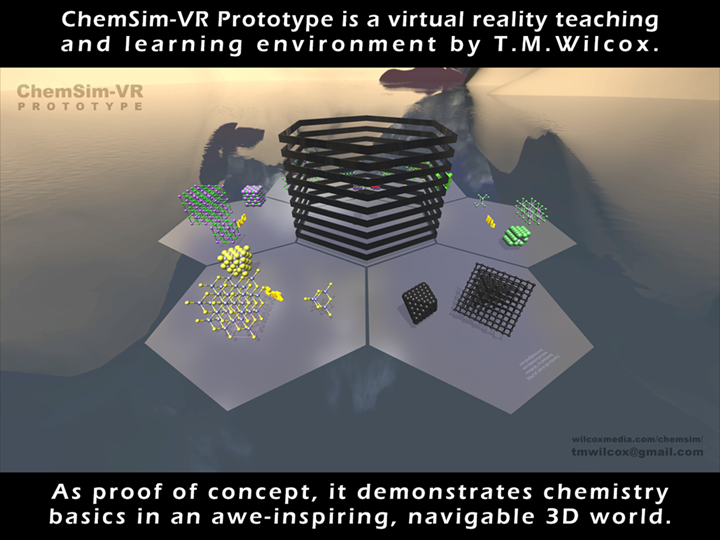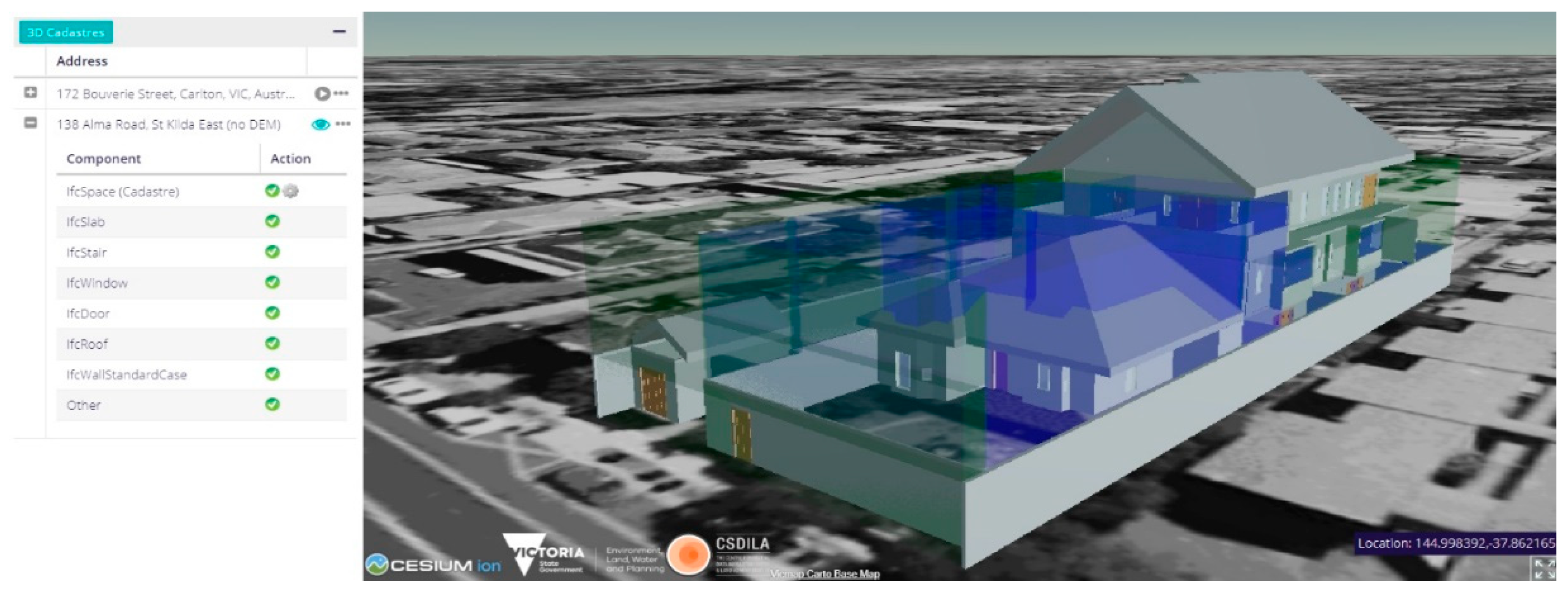


Other developers across the country are working on similar projects. The company has prototyped structures with the Defense Innovation Unit and United States Marine Corps, 3D-printed a community of 500 square foot homes in Tabasco, Mexico, for local families experiencing extreme poverty, and built the Chicon House, the first permitted, 3D-printed home in the United States. ICON also built a multi-home project in East Austin with developer 3Strands, marking the first 3D-printed homes for sale in America. Texas Military Department barracks at Camp Swift, printed by Austin-based Icon, designed by Logan Architecture. Earlier this year, the Texas Military Department unveiled a similar 3D-printed structure in Bastrop. This isn't the first time 3D-printed buildings made headlines in Texas. Pricing and move-in dates will be made available in 2022. The United States faces a deficit of approximately 5 million new homes, so there is a profound need to swiftly increase supply without compromising quality, beauty, or sustainability and that is exactly the strength of our technology."

“ICON exists as a response to the global housing crisis and to put our technology in service to the world,” ICON co-founder and CEO Jason Ballard said. “Construction-scale 3D printing not only delivers higher-quality homes faster and more affordably, but fleets of printers can change the way that entire communities are built for the better. We are excited to collaborate with ICON to develop solutions to emerging challenges in the coming years.”Īccording to ICON representatives, the neighborhood will be the largest of its kind in the world. “Lennar has always expanded the boundaries of technological innovation to keep quality homes affordable and 3D printing is an immensely encouraging approach. “Labor and material shortages are two of the biggest factors pushing the dream of home ownership out of reach for many American families,” Eric Feder, President of LENx, said. LENx, an arm of Lennar working to disrupt the homebuilding industry through innovation, designed and engineered for the fast and precise 3D printing of numerous homes. The 3D-printed architecture and the photovoltaic roofs are innovations that are significant steps towards reducing waste in the construction process, as well as towards making our homes more resilient, sustainable, and energy self-sufficient.”Ĭonstruction using the Vulcan system is estimated to take about a week to 3D print the walls of each home, and ICON plans to have a fleet of five printers delivering the 100-home community starting in 2022, Yashar said.Īccording to ICON representatives, the 3D printing technology produces energy-efficient homes faster than conventional construction methods with less waste and more design freedom, allowing the projects to stay on schedule and on budget.ģD-printed housing development in Austin created by Icon and Lennar. “By partnering with ICON and Lennar, we are able to see this new technology roll out to the widest possible audience. “Additive manufacturing has the potential to revolutionize the built environment as it gets adopted by the industry at scale,” Martin Voelkle, Partner at the Bjarke Ingels Group, said.

#Prototype 3 d environment code#
The construction system can create homes and structures up to 3,000 square feet that are built to the International Building Code structural code standard and expected to last as long or longer than standard Concrete Masonry Unit built homes, ICON representatives said. Abbott to Seek 3rd Term, Officially Files for Re-Election


 0 kommentar(er)
0 kommentar(er)
